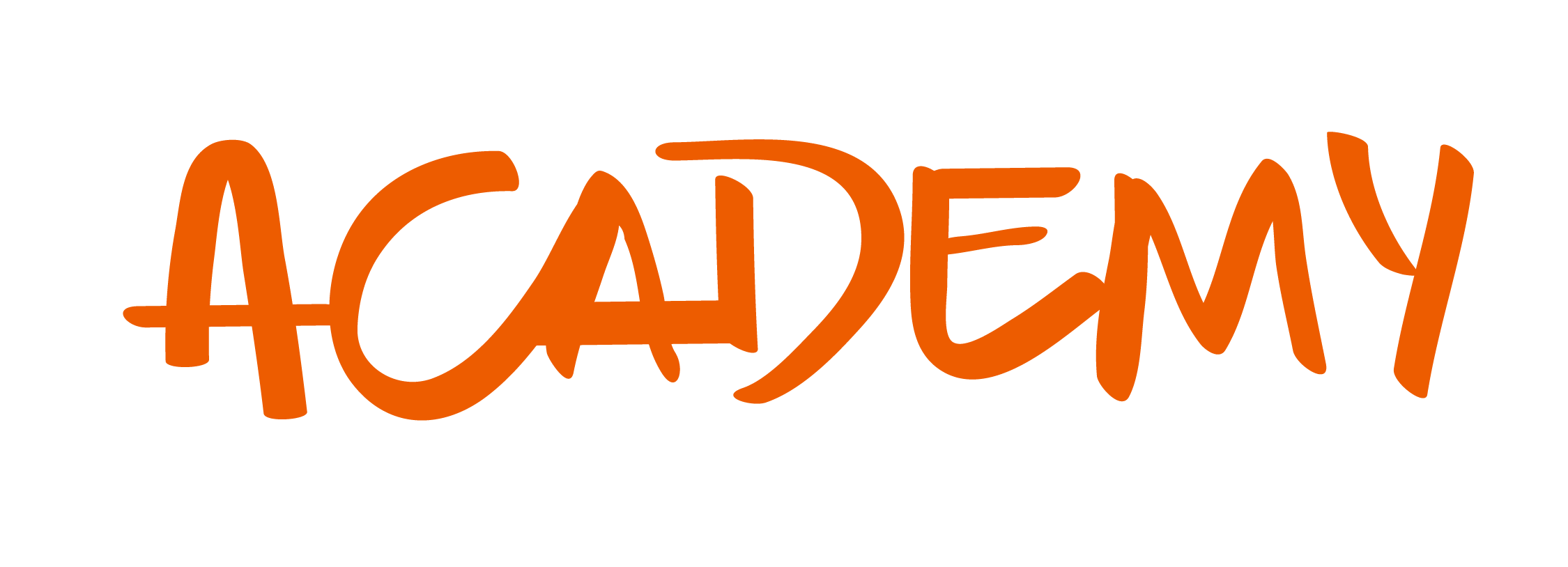When innovation and excellence become the norm, talents face a growing challenge: burnout. This phenomenon, characterized by physical, mental, and emotional exhaustion due to excessive work and stress, can have devastating consequences on the productivity and well-being of creative teams. However, with the proper support, such as project management tools, it is possible to prevent and mitigate the effects of burnout.
Stress and Pressure: Factors of Burnout in Agencies
Burnout in talents of creative agencies is a complex phenomenon that can arise due to a variety of interrelated factors. One of the main triggers of this problem is the high workload to which creative professionals are subjected. The fast pace and constant demands of projects can be overwhelming, leading to progressive physical and mental exhaustion.
In addition to workload, pressure to meet deadlines also significantly contributes to burnout. Tight deadlines and the need to deliver outstanding results can generate a considerable level of stress and anxiety among creative talents, especially when facing complex projects or time constraints.
Another important factor is the highly competitive environment that prevails within many creative agencies. The competitive culture can create an atmosphere of constant comparison and rivalry, increasing pressure on individuals to stand out and excel in their work.
The lack of recognition for hard work and achievements can also play a crucial role in the development of burnout. When creative talents do not feel valued or appreciated for their contribution, they are likely to experience a decrease in motivation and commitment to the organization. Additionally, poor time management can further exacerbate the situation. The lack of effective planning and organization can lead to a sense of overwhelm and loss of control over tasks, increasing the risk of burnout and fatigue.
Consequences of Burnout in Agencies
Mental exhaustion, stemming from an excessive workload, can diminish the creative ability of professionals, limiting their capacity to generate innovative and quality ideas. This decrease in creativity not only impacts individual performance but also the competitiveness of the agency in a demanding and ever-evolving market.
Moreover, burnout results in a decline in productivity, reflected in a reduction in the quality and quantity of work produced. This not only affects the team’s efficiency but also client satisfaction and the agency’s reputation.
On an emotional level, exhaustion can manifest as irritability, demotivation, and disengagement from work. These symptoms, in addition to impacting workplace relationships and team dynamics, can lead to a progressive deterioration of the emotional well-being of professionals.
The risk of job abandonment is another consequence of burnout in creative agencies. Exhausted and demotivated talents may consider leaving their jobs in search of a less stressful and more rewarding work environment, resulting in a loss of talent for the agency and a challenge to its operational stability.
Transparent Communication: The Cornerstone of Well-being in the Creative World
Project management tools emerge as fundamental allies in the battle against burnout in creative agencies. When strategically employed, these tools offer a range of resources and functionalities designed to safeguard the health and well-being of creative talents.
Efficient time management stands as one of the central pillars in this fight. These tools enable meticulous planning and equitable task allocation, thus avoiding the accumulation of work that often precipitates exhaustion. Deadline tracking constitutes another invaluable tool. By providing a clear and detailed view of delivery times, these tools help alleviate pressure on creatives, ensuring a fair and balanced distribution of the workload.
Transparent communication, facilitated by these tools, fosters a supportive and collaborative environment. By promoting fluid dialogue among team members and their leaders, the proactive identification and addressing of any issues or concerns are facilitated before they escalate to critical levels. The automation of repetitive tasks emerges as a valuable resource in preserving the well-being of creatives. By freeing up time and energy, these tools allow talents to focus on more creative and meaningful tasks, thus reducing workload and associated stress.
Monitoring well-being through these tools enables early detection of signs of burnout. With dedicated functions for tracking workload and emotional well-being, these tools enable the implementation of preventive measures, such as task redistribution or the establishment of emotional support programs, to effectively counteract exhaustion and preserve the mental health of creative talents.
Conclusion
To prevent burnout and promote a healthy work environment, project management tools emerge as fundamental allies. Strategies such as efficient time management, deadline tracking, transparent communication, automation of repetitive tasks, and well-being monitoring can be implemented with the help of these tools to ensure an adequate balance between workload and the well-being of creative talents.













